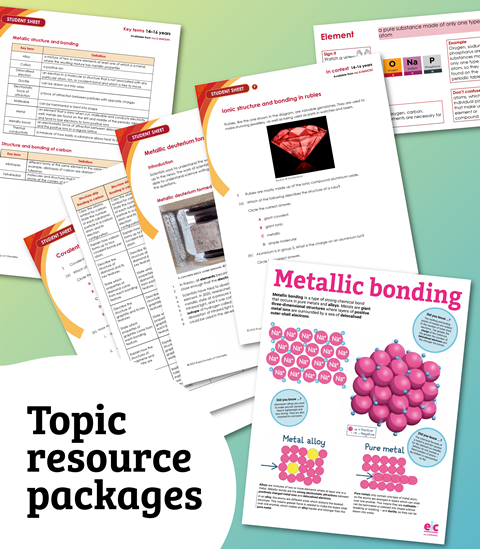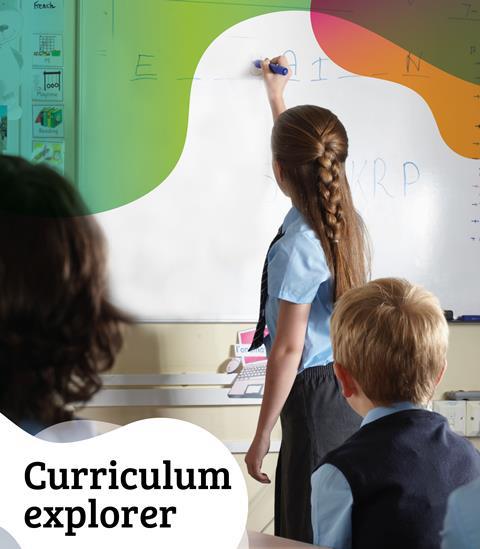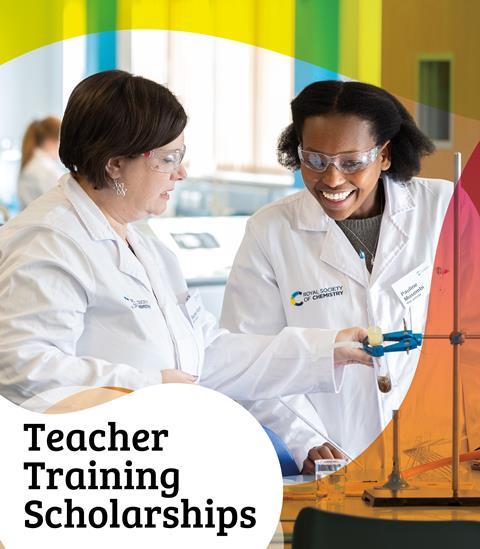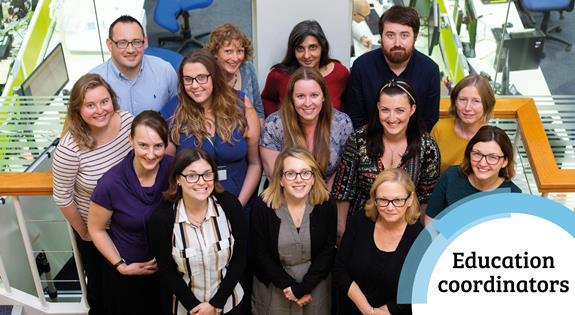All Flipped teaching articles
-
 News
NewsIntegrating scaffolding and metacognition into titrations
Can a flipped-practical approach encourage thinking and self-reflection?
-
 Feature
FeatureFlipped learning builds solid foundations
Discover how this approach can boost learners’ understanding and engagement with the first year of post-16 chemistry
-
 News
NewsWhat’s best: flipped or in-class learning?
Discover how one approach can boost student learning and engagement
-
 Ideas
IdeasReuse remote teaching resources
During lockdown, teachers worked so hard to create engaging remote resources. Now that we’re back in class, let’s continue using these to enhance teaching and learning
-
 Ideas
IdeasThe fast guide to blended learning
Everything you’ve ever wanted to know about teaching science with this approach
-
 Ideas
IdeasHow to flip learning successfully remotely
It’s the perfect approach for effective distance learning
-

-

-
![Busy lecturers shutterstock 226540858 300tb[1]](https://d1ymz67w5raq8g.cloudfront.net/Pictures/100x67/6/0/3/113603_busylecturers_shutterstock_226540858_300tb1.jpg)
-
![Flipped lectures shutterstock 322014332 [converted][1]](https://d1ymz67w5raq8g.cloudfront.net/Pictures/100x67/5/7/5/113575_flippedlectures_shutterstock_322014332converted1.jpg) Opinion
OpinionWhat does research say about flipped teaching?
Michael Seery explores the flip side of traditional lectures
-
 Ideas
IdeasEight great apps for chemistry teachers
Which chemistry apps are worth installing? Teachers talk about their favourites
-
![Shutterstock 253043854 300tb[1]](https://d1ymz67w5raq8g.cloudfront.net/Pictures/100x67/6/6/2/113662_shutterstock_253043854_300tb1.jpg)
-
 Feature
FeatureMassive Open Online Chemistry
Michael Anderson, Jonathan Agger, Stephen Ashworth, Simon Lancaster and Patrick O’Malley explore the trends in teaching chemistry online
-

-
 CPD article
CPD articleMoles and titrations
Dorothy Warren describes some of the difficulties with teaching this topic and shows how you can help your students to master aspects of quantitative chemistry
-
 Opinion
OpinionImplementing the flipped classroom
As with most new blogs, I’ll begin with: “Hello world!” I’m delighted to be a contributor to the new Education in Chemistry blog and I’m looking forward to sharing ideas and hearing back from the chemistry education community
-

-
 Feature
FeatureFlipping lectures and inverting classrooms
Simon Lancaster and David Read examine the current phenomenon that empowers students to take control of their own learning
-
 Feature
FeatureJump-starting lectures
There is an emerging trend towards using pre-lecture activities to support tertiary level learning: the options investigated











